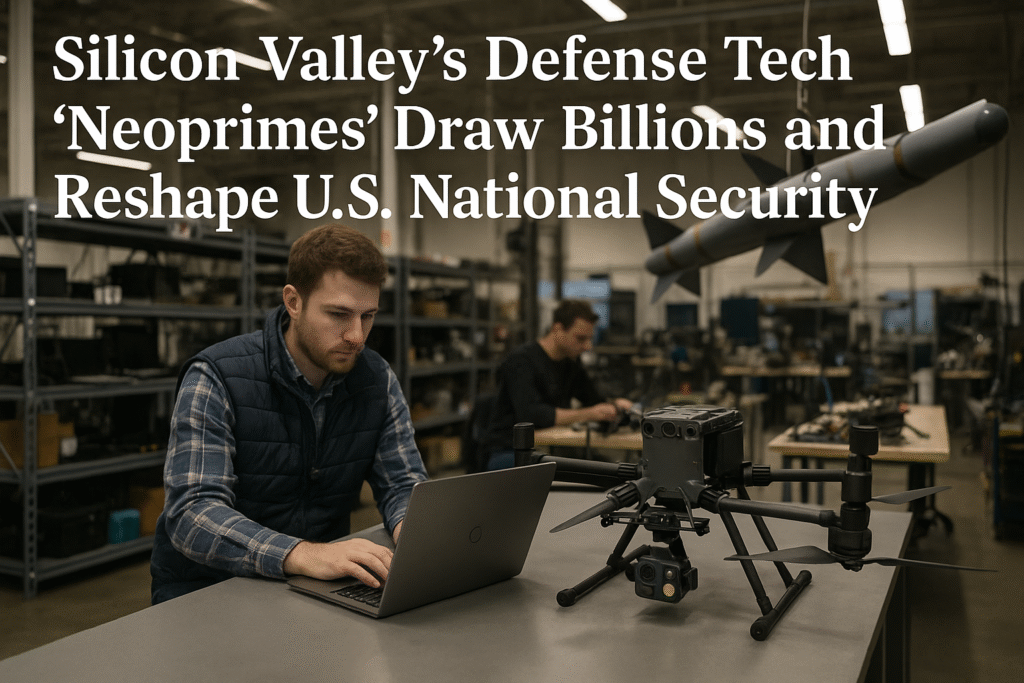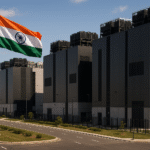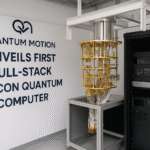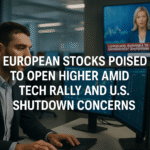By Harshit, San Francisco, October 3, 2025 – 3:00 AM EDT
A New Wave of Defense Startups
Silicon Valley is witnessing a surge of defense technology startups that are drawing billions in venture funding and challenging the dominance of legacy contractors. Companies like Anduril Industries, recently valued at $30.5 billion, are leading the charge among so-called “neoprimes,” startups aiming to rival traditional defense giants such as Lockheed Martin, Northrop Grumman, Boeing, General Dynamics, and RTX.
“There’s more money than ever going to what we call the ‘neoprimes,’” said Jameson Darby, co-founder and director of autonomy at investment syndicate MilVet Angels (MVA). “It’s still a fraction of the overall budget, but the trend is all positive.”
Other notable startups challenging the incumbents include SpaceX and Palantir Technologies, which focus on rapid, software-first solutions that address critical national security needs.
Funding Surge and Market Dynamics
Venture funding for U.S.-based defense tech startups totaled approximately $38 billion in the first half of 2025. Analysts at JPMorgan estimate that, if current trends continue, funding could surpass the 2021 peak by year-end.
Ernestine Fu Mak, co-founder of MVA and founder of Brave Capital, highlighted the strategic advantage of these startups: “They are faster, leaner, and software-first — building things that can close critical technology gaps important to national security.”
The Changing Battlefield
The Department of Defense has increasingly emphasized technologies essential for modern conflicts, including hypersonics, energy resilience, space technologies, integrated sensing, and cyber capabilities.
“In a post-9/11 world, the DoD focused heavily on counterterrorism,” said Darby. “But today, the focus has shifted to great power competition.”
Mak added, “The battlefield is changing and new technologies are needed. Warfare is no longer limited to land, sea, and air — cyber and space have become contested domains. The focus is on deterring adversaries in high-tech, multi-domain conflicts.”
Dual-Use Technology Drives Investment
Many of these neoprimes are developing dual-use technologies with applications in both commercial and military sectors. Artificial intelligence and autonomy are prime examples, offering force-multiplying capabilities for defense while also serving commercial markets.
Darby explained, “The Department of Defense is rapidly assessing and adopting these technologies, sending clear signals to the investment world that the U.S. government needs these innovations.”
Building the ‘New Guard’
MilVet Angels, which came out of stealth mode on September 17, has cultivated a network of roughly 250 members, including tech founders, financiers, former military officials, and Navy SEALs. This coalition has invested in companies such as Anduril Industries, Shield AI, Hermeus, Ursa Major, and Aetherflux.
Mak described the network as the “new guard,” emphasizing the need for collaboration between technical experts and individuals with operational experience. “Modern national security requires both the warrior’s insight on the battlefield and the builder’s drive for innovation,” she said.
Strategic Deterrence Over Warfare
Despite the rapid technological advances, the goal of neoprimes is not to initiate conflict but to enhance deterrence. “Defense tech innovators are building credible deterrents to discourage aggression,” Mak said. “No one in this space is looking to wage war — the objective is to make adversaries think twice before threatening peace and stability.”







